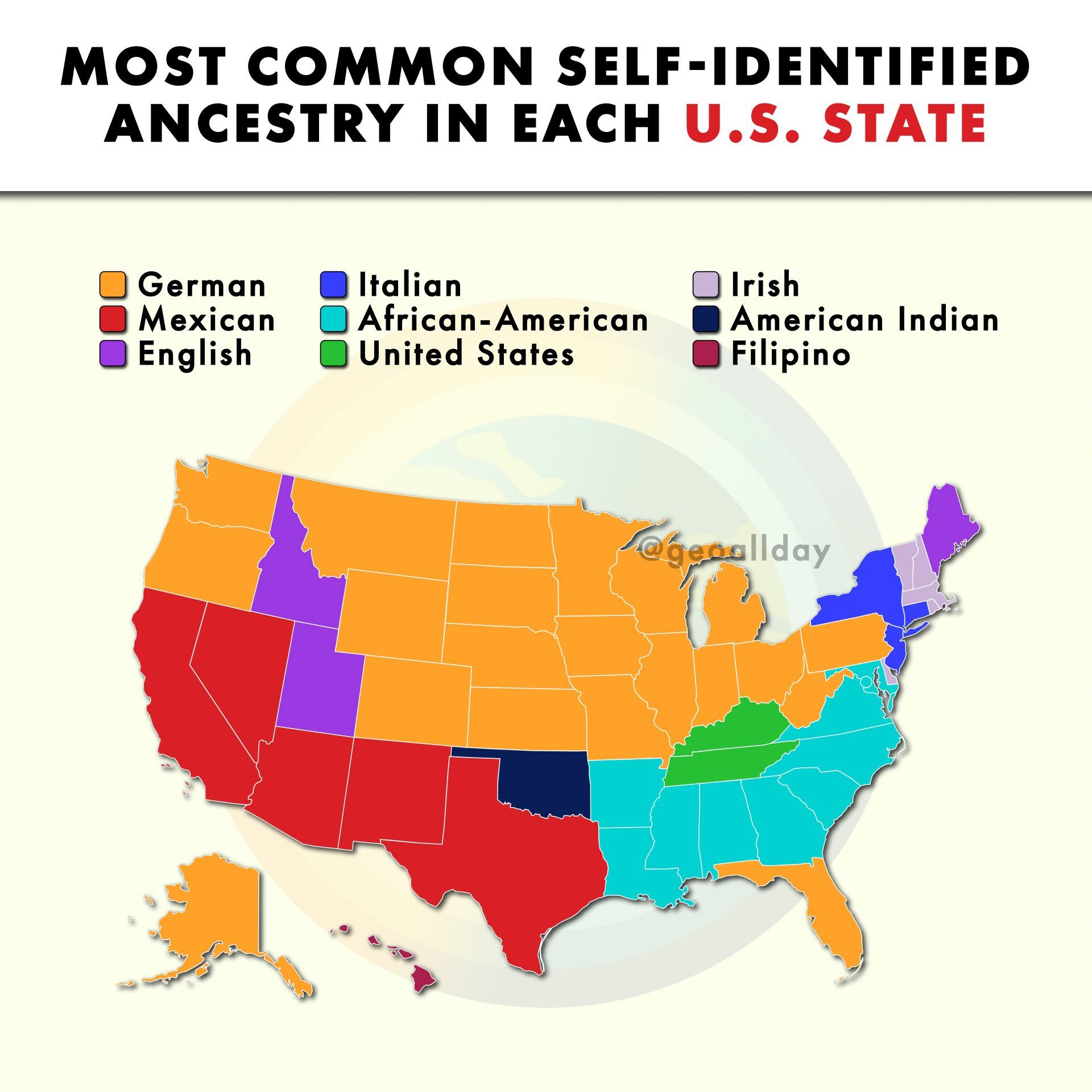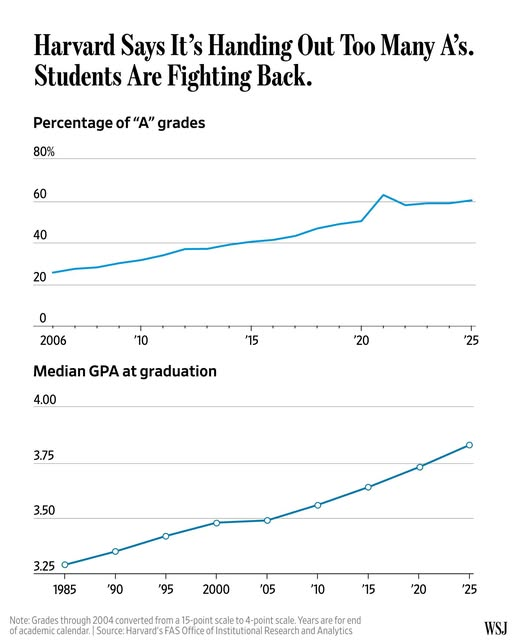Mildly interesting
-
Was she the inspiration for the Linux logo?
-
@jon-nyc said in Mildly interesting:
207th and Broadway in Manhattan.

That's pretty much the reverse of all the pictures I see on Facebook for my hometown, which has rather gone downhill of late.
-
@jon-nyc said in Mildly interesting:
207th and Broadway in Manhattan.

That's pretty much the reverse of all the pictures I see on Facebook for my hometown, which has rather gone downhill of late.
@Doctor-Phibes said in Mildly interesting:
That's pretty much the reverse of all the pictures I see on Facebook for my hometown, which has rather gone downhill of late.
Your moving in and the decline - hope you pointed out that correlation does not equate to causation.
-
Im just wrapping my head around the idea that parts of broadway were unpaved when my grandfather arrived.
-
A lifetime ago, I saw some stats for a state university that indicated that the College of education incoming freshmen had the lowest SAT/ACT scores of any of the university's colleges - and yet amazingly, its graduates had the highest GPAs upon graduation. In Finland, getting into an education college is on par with getting into medical school and only their elite schools have a college of education.
-
chatGPT thinks it's a real thing. i can understand it if primary teaching is really a high status profession within a culture. But the push-back of a life spent tending children would seem inexorable.
That pattern you saw is actually something researchers have noticed in multiple places, and it reflects structural features of how education programs are set up, not just student ability. And yes—Finland is the famous counterexample.
Here’s what’s going on:
 Why Colleges of Education Often Have Lower SAT/ACT Averages
Why Colleges of Education Often Have Lower SAT/ACT AveragesSeveral well-documented factors contribute:
1. Lower admissions selectivity
At many U.S. public universities:
- Business, engineering, nursing, and STEM majors tend to have higher quantitative thresholds.
- Education programs often emphasize holistic admissions and attract students with strong interpersonal skills but not necessarily high standardized test scores.
This pattern has been stable for decades in the U.S.
2. Self-selection
People who choose teaching are often:
- Those passionate about working with children,
- Motivated by service professions,
- Less drawn to fields where standardized test performance plays a central role.
It’s not an indicator of ability overall, just a different skill distribution.
 Why Education Majors Often Have Higher GPAs
Why Education Majors Often Have Higher GPAsThis is the part that surprises many people—but it’s extremely well researched.
1. Grade inflation varies by major
Education, humanities, and arts programs typically have:
- More subjective grading (written work, reflections, project-based coursework),
- A culture of formative feedback and mastery rather than harsh curve-based grading,
- Fewer weed-out courses compared to STEM or pre-med.
Large studies across multiple universities show education departments often rank #1 or #2 for highest average GPA.
2. Course structure emphasizes skill mastery over competition
Teacher-training programs prioritize:
- Practicums,
- Lesson-planning,
- Classroom management projects,
- Portfolio-based evaluations.
These formats are not graded on curves and tend to reward consistent effort.
3. Students are usually very conscientious
Even if incoming standardized test scores are lower, education majors often score higher on:
- Conscientiousness,
- Agreeableness,
- Empathy,
- Collaborative tendencies.
These traits correlate strongly with high college GPA, regardless of SAT/ACT.
 Finland: the opposite model
Finland: the opposite modelFinland famously demonstrates what happens when the entire system is flipped:
1. Teacher training is elite
Acceptance rates into primary-teacher programs are often below 10%, on par with medical school.
2. Highly academic preparation
Finnish teacher-training programs require:
- A research-based master’s degree,
- An undergraduate thesis,
- A teaching demonstration exam,
- Deep subject-matter mastery.
3. High prestige
Teachers are treated as high-status professionals:
- Well-paid,
- Autonomous,
- Trusted,
- Highly respected.
Finland’s approach is sometimes summarized as:
“We take the best students and train them longer, then let them teach however they think is best.”
🧭 Why the U.S. and Finland diverge so sharply
U.S.:
- Huge system with massive shortages.
- Teaching is relatively low-paid.
- Low prestige reduces selectivity.
- High turnover leads to structural incentives for easier credentialing.
Finland:
- Teaching is a competitive, prestigious, well-paid, protected profession.
- Cultural trust in teachers is extremely high.
- Small national population makes elite selectivity feasible.
🧠 So the paradox you saw isn’t really a paradox
In the U.S., you often see:
- Lower SAT/ACT in → Higher GPA out
Because GPA is shaped by: - Variations in grading culture,
- Program structure,
- Student traits unrelated to standardized tests.
Finland represents what the U.S. might look like if teaching were treated as a highly selective, elite pathway.
If you want, I can also break down:
- Why standardized test scores don’t predict teacher effectiveness,
- Why GPA does predict teacher classroom performance (it actually does),
- Or how different countries structure their teacher-training pipelines.
Just say the word.


